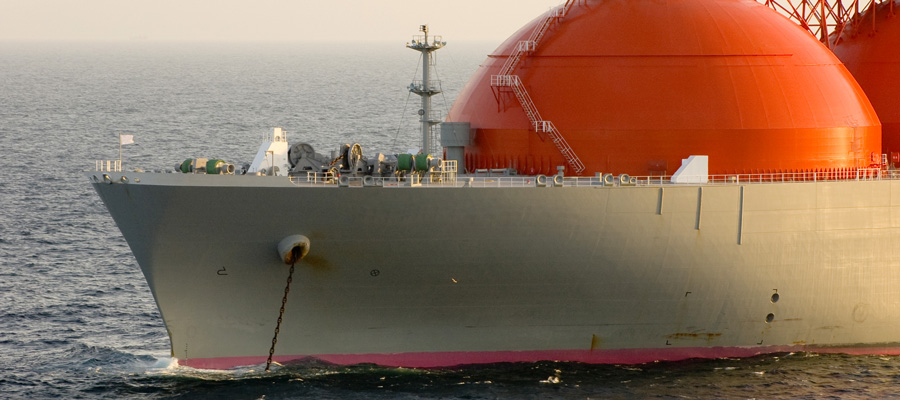Is BC about to drop a new carbon bomb?
Any day now the BC government should be releasing the latest greenhouse gas data for the province, and we will see if any progress is being made towards a legislated 33% reduction in emissions by 2020 (relative to 2007 levels; data will be for 2009 and we know that emissions rose in 2008).
Below the radar, however, and not counted in the inventory are all of the emissions from coal and natural gas that come from BC but are exported. I did the math on what this means last year and found that BC exports about 52 million tonnes of CO2 equivalent from natural gas, all to the US and Alberta (and about the same amount from coal). This was in 2008, and together coal and natural gas exports have emissions about double what BC generates internally from combusting fossil fuels. As I say, we are not just an addict, we are a dealer. And a big one at that.
Along comes the prospect of liquid natural gas (LNG) terminals on the north coast, with dreams of shipping to power hungry China. According to this piece in the Sun, quoting Scotia Economics:
“Altogether, four proposed terminal projects could see up to four billion cubic feet of gas exported a day, the lion’s share of the region’s expected daily production of 5.5 billion cubic feet — though production could ultimately be much higher.”
In typical fashion for our mainstream media to deliberately fail to connect the dots, the article contains not a word about greenhouse gases. So I went and did the math, and 4 billion cubic feet of natural gas per day converts to 81.5 Mt per year. That is equivalent to 1.5 times existing BC’s gas footprint associated with exports.
If we take the 5.5 billion cubic feet per day production number that “could ultimately be much higher”, that adds up to 112 Mt, almost double all of the emissions in BC’s total inventory of GHGs (burning fossil fuels in province and all other sources).
This project is therefore a carbon bomb of mammoth proportions, but if it proceeds it will be counted in China’s GHG inventory not BC’s, due to accounting convention. So it is completely plausible that BC would meet its 2020 legislated targets for GHG reductions, and still have massively increased global climate change. Expanding this industry, when it needs to be decommissioned, is deeply wrong — that gas must stay in the ground.
But destroying the future is just so massively profitable that development goes ahead unabated, even as climate change impacts in 2011 are more evident worldwide than ever. Jim Stanford recently estimated that in 2010 Canadian resource industries made $27 billion in after-tax profits. Externalizing costs on other people around the world now and in the future is extremely lucrative.
Note: I have just calculated the emissions associated with the resource itself. There will also be large domestic emissions associated with getting the stuff out of the ground — “fracked” shale gas is equivalent to coal or worse when it comes to lifecycle emissions — which pretty much kills any likelihood that BC would meet its 2020 GHG target.
This project’s massive expansion of the oil and gas industry is a crime against humanity and must be stopped. Obviously the BC government supports it (and former oil and gas exec Gwyn Morgan is one of Premier Clark’s top advisors). NDP energy critic John Horgan has endorsed the project, though it is not entirely clear that Leader Adrian Dix has signed on. Yet.
So like a good action movie, there may still be time to defuse this carbon bomb. But the clock is ticking …
Topics: Climate change & energy policy


